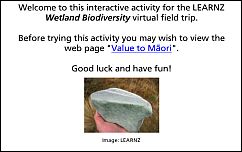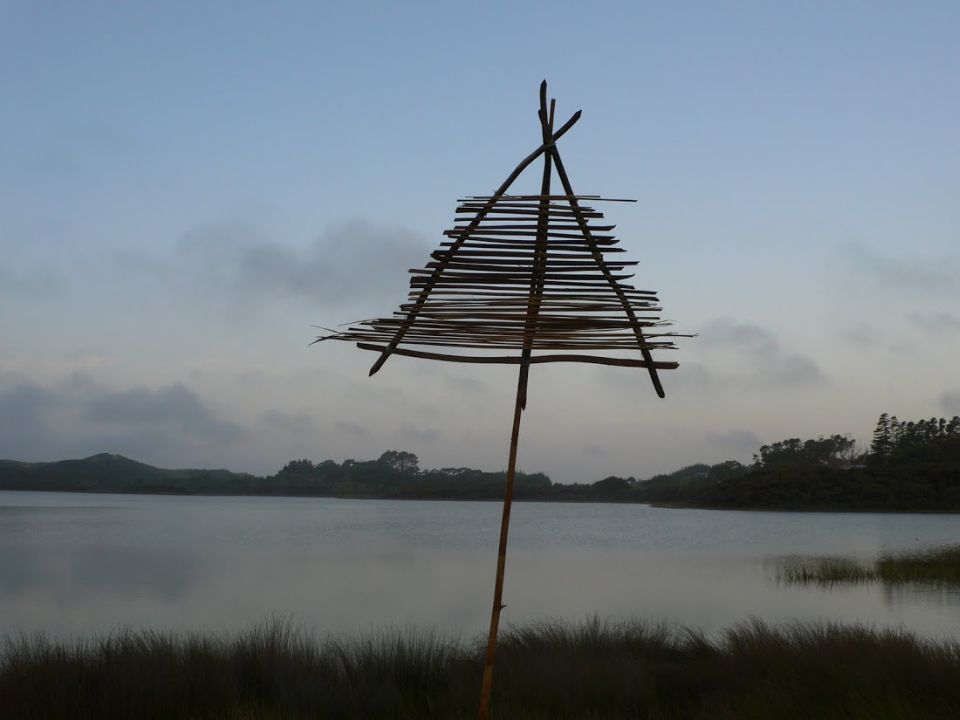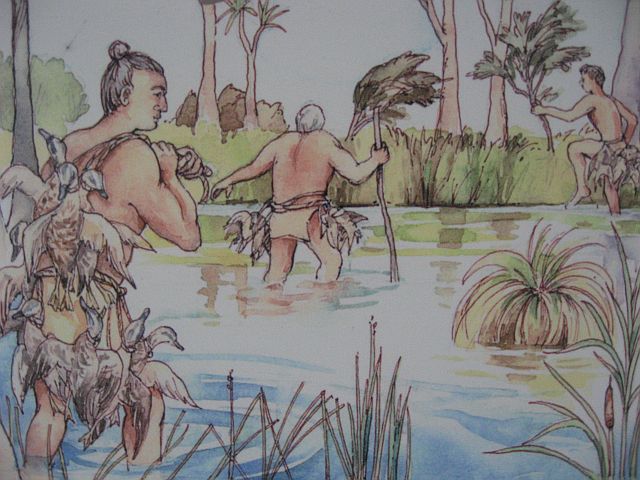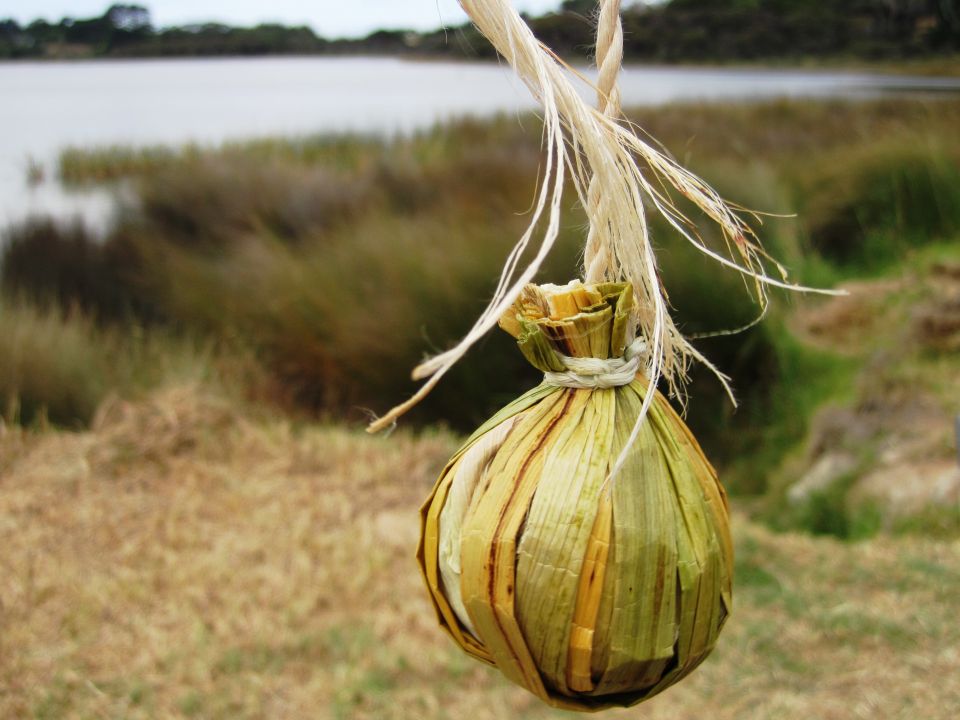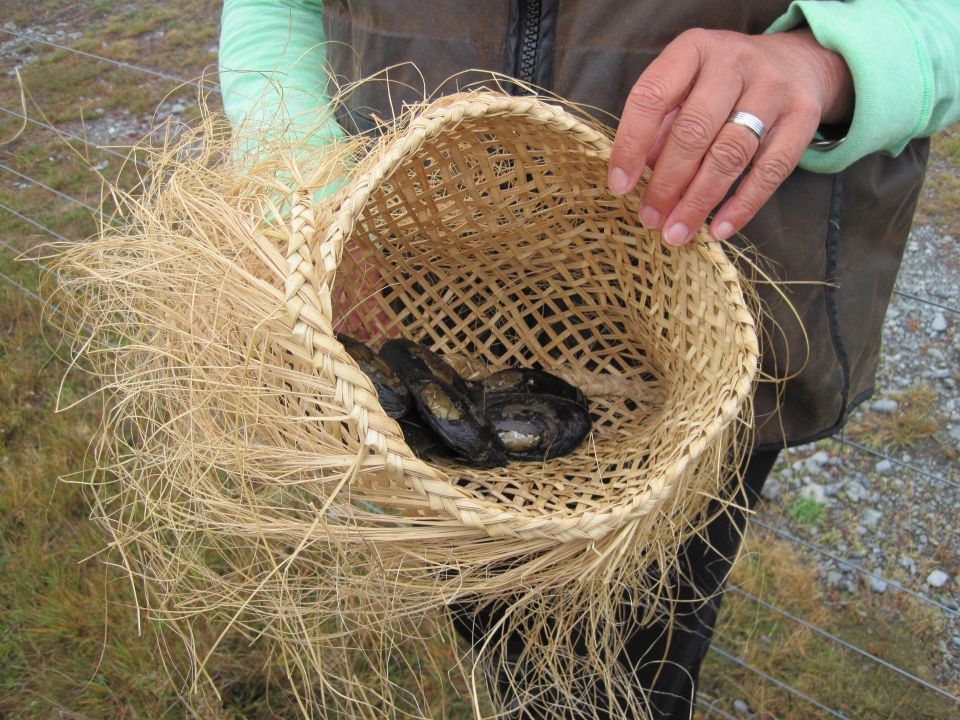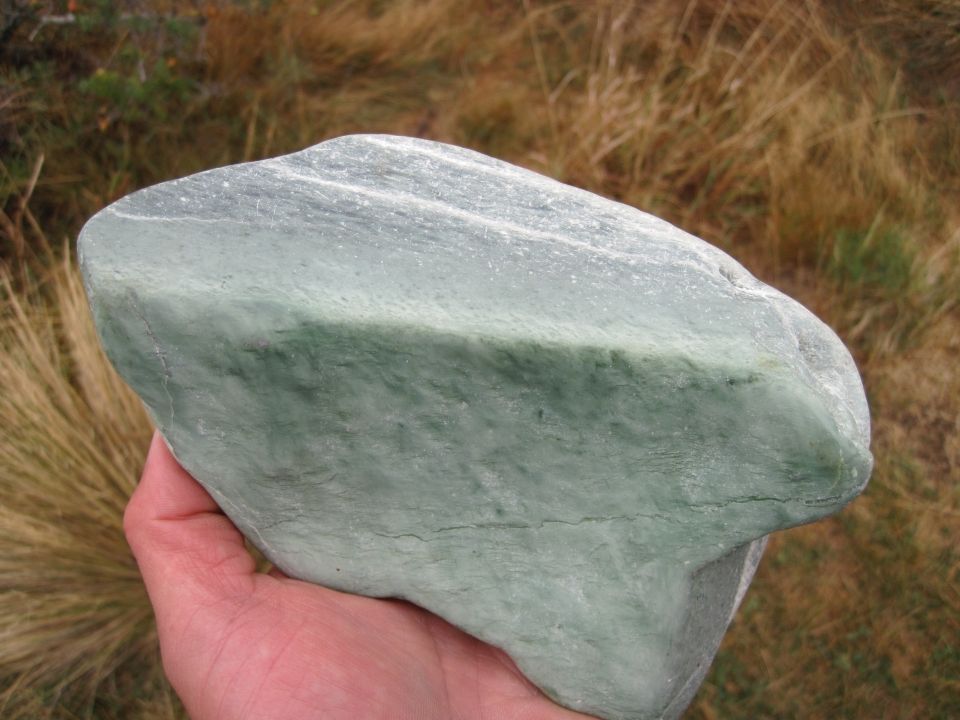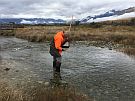The significance of water to Māori
- wai (comes from Papatūānuku and Ranginui)
- it gives tangata whenua life and food
- awa stand for the tūpuna of the tangata whenua
- water and rivers have their own mana
- water also has its own mauri and spirit
- spiritual qualities can be badly affected by the misuse of water.
Value of Ō Tū Wharekai to Ngāi Tahu
Wetlands all over New Zealand were used for the following:
- mahinga kai
- harekeke for clothing, mats, kete and rope, raupō for thatching houses and dried moss for bedding
- feathers of wetland birds were used to decorate clothing
- some wetland plants were used for medicine
- waterways between the wetlands provided canoe routes
- hiding precious taonga
- preserving timber artefacts and waka
- a place of safety in times of war.
Māori gathered the following food and resources at Ō Tū Wharekai:
- tuna/eels
- weka
- kākā
- wood pigeons/kererū
- tūī
- pūkeko
- freshwater mussels/kākahi
- fern root/aruhe
- rats/kiore
- native trout/kōkupu
- mountain daisy/tikumu
- cabbage tree/ti kōuka
- carex secta/makura/pūrei.
The area was also part of the pounamu trails and an ara (way) to Poutini (West Coast).
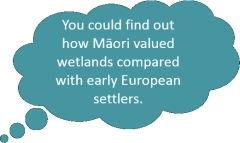
- Further information on Ō Tū Wharekai - from Ngāi Tahu http://ngaitahu.iwi.nz/our_stories/ancient-paths/

